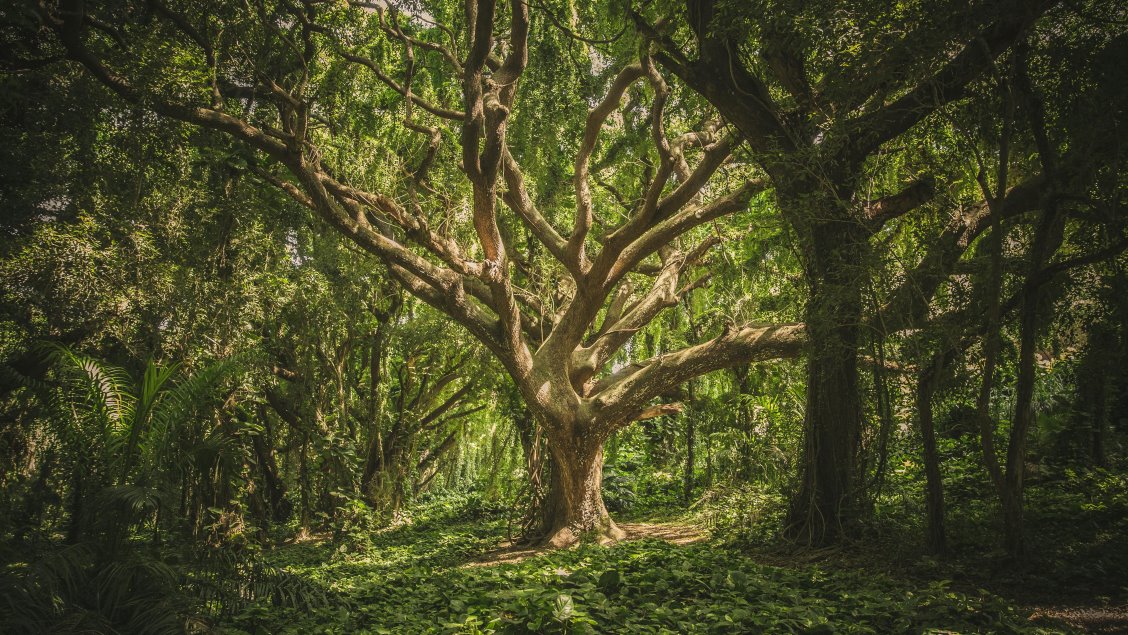
Art from the European Luxury Market Was Made by Indigenous Women of the Amazon
Artistic techniques can provide deep cultural and historical insights. In the past, these techniques included the use of fruits and plants to procure vivid colours and textures for art. Furthermore, specific motifs were used as important symbolic references, often reflecting cultural and spiritual beliefs and practices.
An article published in the Open Access journal Heritage analyses the usage of cuias, a type of gourd fruit, and cumate, a type of natural varnish, which was used by Indigenous women in Grao-Para of the Amazonian community in the 18th Century. Renata Martins, a Brazilian researcher, describes the production of these utensils and provides a contextual analysis of their use during the 18th century.
Using gourds for painting
In the study, Martins describes her findings in the community of Carapanatuba in the lower Amazon region. Here, the use of cumate to paint the Cuias fruit was still present and similar to historical depictions of the artistic practice.
“I found, as other scholars have also reported, that, for the most part, production still follows the same process described by Ferreira. Women like Lélia Maduro, Silvane Maduro, Marinalva Correia, Francisca Pereira, Socorro Pereira and others from the communities in the Aritapera region preserve the ancestral knowledge about nature, the rivers, the plants and the local animals. As well as the long process of preparing gourds varnished with cumatê and ’embroidered’ with incisions,” says Martins.
Processing of gourd paintings
The gourds were carried through a lengthy production process by the women, whereby they were picked from gourd trees and then softened in boiling water. They were then honed to reveal a smooth finish and glazed with a lacquer called cumate using bird feather brushes. Cumate is a natural red pigment obtained from the Cumatazeiro tree. After this was applied several times, human urine was applied to create the intense shiny effect seen, imitating a lacquer.
This production was sent to the European market and became popularised in the 18th century, being collected by prominent figures such as the naturalist Alexandre Rodrigues Ferreira.


After all these steps, the gourds are decorated by making incisions with a small knife. The incision removes the varnish and allows the light background to shine through. Painting by applying vegetable or mineral dyes to the bare surface, which was widely used on gourds in the 18th century, is hardly used in the region today, although the dye-producing plants are known to the riverside artists. – Martins.
Significance of the indigenous art
Martins discusses how the art was produced as part of religious missions in the Amazon. Furthermore, different types of motifs were used which reflect the indigenous cultural symbols, sometimes retaining deeply personal elements in the creations. This often links to the women’s intricate relationship with the forest and their community, whilst also reflecting different beliefs surrounding fertility and healing.
In his memoirs, Ferreira recounted the resistance of the Indigenous women of Monte Alegre to selling certain gourds, which had beads and muiraquitãs (a kind of Amazonian amulet), because of their sensitive meanings in the social relations of the communities. – Martins

Understanding the significance of gourd paintings and their origins is important to understand the community of Indigenous women during that time and how they contributed to the market of luxury European goods.
The participation of Indigenous women, their intimacy with the nature of the forest, was fundamental in this process. This contribution and protagonism, which is often made invisible, is essential for understanding the complexity of cultural and artistic relations in the Amazon, in colonial times and today. – Martins.
Learn more about art history and culture
Martins’ critical analysis and report on the production of the artwork and gourd paintings by Indigenous women, both in the 18th century and in the modern day, provides an insightful understanding of its role in influencing European luxury trends, as well as an increased awareness of the Amazonian way of life, its art and cultural practice.
Studies like this are important to motivate the preservation of cultural authenticity through the implementation of conservation practices for these vulnerable communities.
Read more research like this in the journal Heritage, or see the full MDPI Journal list.











I appreciate you highlighting such a significant piece! It’s fantastic to see the critical work being done to illuminate the pivotal, yet often overlooked, artistic contributions of Indigenous women from the Amazon to the high-end European markets in the 18th century. good post
Thank you for taking the time to read the article and leaving kind words; it is much appreciated.
All the best.